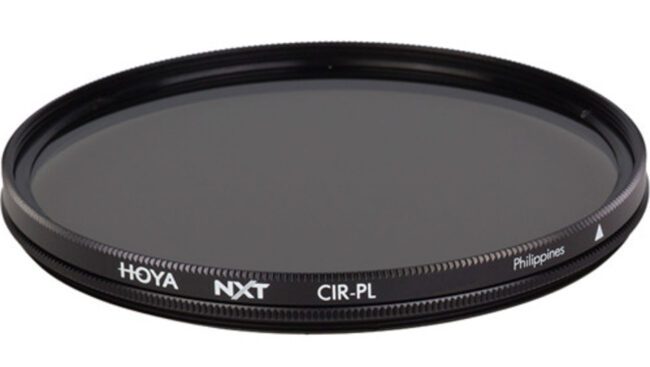In recent years, zoom lenses have been taking over the hearts of many working professional photographers as the more obvious, versatile choice. With the latest image sensors producing amazing quality,...
Read More
Buying Beginner Equipment
Buying photography equipment for the first time is a daunting task. Useful guides exist to help beginners choose a good camera, but few newcomers realize that the camera itself is only the first of many pieces of equipment necessary to create a full setup for photography. In this guide, I will suggest a complete kit — everything from lens cloths to computer monitors — that will provide a beginner with high quality images (and room to grow) for a price of around 2000 US dollars.
Note that this guide is not a comprehensive list of equipment that will work for every type of photographer. As your photography becomes more specialized — portraiture, landscapes, wildlife, or anything else — you will gravitate towards more specialized equipment as well. The recommendations below can be considered an all-purpose starter kit rather than a list tuned to one specific type of photographer.
The Camera
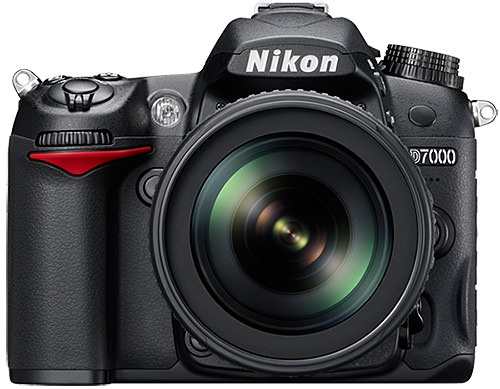
The core of photography is a camera, or at least the sensor of a camera. At the moment, one of the biggest debates in the photography world is between two different types of cameras: mirrorless and DSLR cameras. Both have their merits, but a beginning photographer on a tight budget should be looking more closely at DSLRs. With entry-level models, new mirrorless cameras cost about the same as new DSLRs, and sometimes less. However, you can still buy older, high-quality DSLR equipment (including lenses) for a lower price than similar mirrorless gear. Mirrorless cameras are filling this gap quickly, but the best camera for a beginner on a budget is almost certainly a DSLR.
Of all the possible DSLR cameras, my strong recommendation is to buy the Nikon D7000, used, from the camera store Adorama. Some people find too much risk in buying a used camera from eBay and Adorama is one of the most respected names in the camera business — when they rate a used camera at E-, its condition will be as good as most “mint” cameras sold through eBay.
The D7000 is better than an entry-level DSLR because it give you room to grow. Although it has the same sensor as some cheaper cameras, it gives you so many more features (including extra dials that make it easier to change settings once you learn about your camera) that make it indispensable. How do I know that the D7000 is so good? Simple — I have taken more than 60,000 photos with it! Check out the three images below, all taken with the D7000:
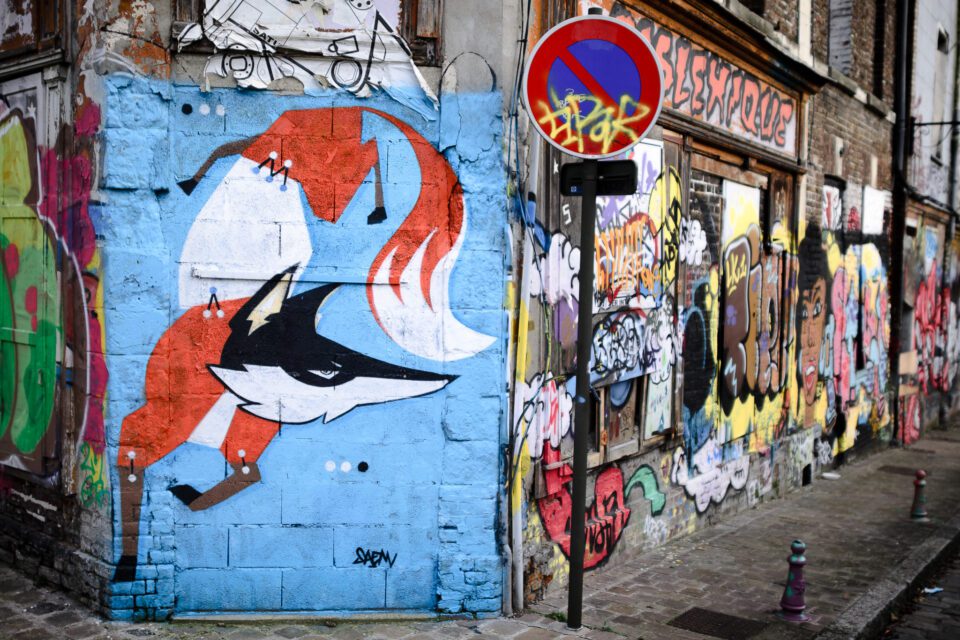

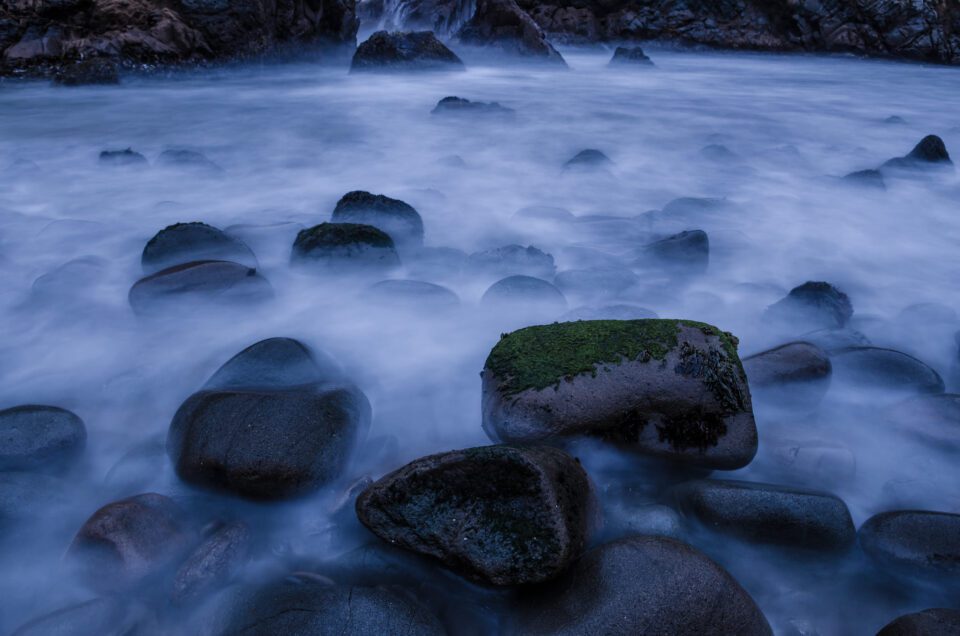
To find some more info and sample photos from the D7000, check out our review. If you want more details on entry-level Nikon DSLRs, we have a general outline as well.
Keep in mind that the D7000 can be a complex camera for a beginner. However, if you’re dedicated enough to be reading this article in the first place, you are probably the type of person who will grow to appreciate the many benefits offered by the D7000.
Here is a link to the Nikon D7000 at Adorama. Note that this camera has been discontinued, so you have to click on the “Buy it used” heading to see your options. Generally, an “E” quality D7000 will be about $400.
Another great option, especially if you are just starting out, is one of Nikon’s entry-level DSLRs. These cameras have slightly-better image quality than the D7000, and they are easier to use, but they don’t have as many features for learning photography. Nikon’s newest is the D3300. When you buy it with a kit lens, the D3300 from Adorama is $500.
Total: $400 for the D7000
Lenses
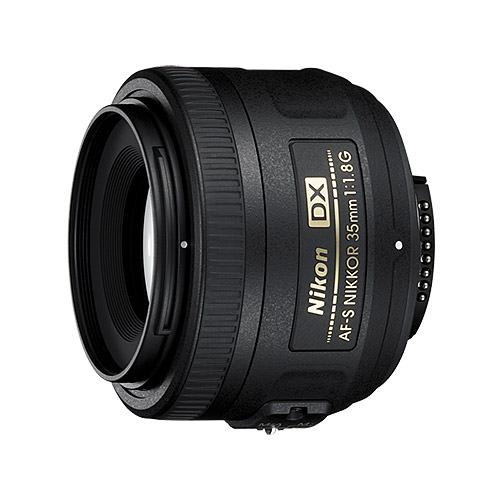
Whereas a camera sensor will record the light that it receives, a lens’s job is arguably even more important: help the light get to the sensor in the first place.
Lenses range from the “free” — those which come in a kit with the camera — to the unbelievably expensive. As a beginner, it can be tough to determine which lenses are worth their asking price, especially if you have no prior knowledge of which lenses even exist in the first place (although our lens database can help).
If you want a high-quality beginning lens for the lowest possible price, you should look at prime lenses (those which do not zoom) or third-party lenses. I do not recommend starting with the kit lens that comes with some cameras (usually an 18-55mm zoom), since you will soon realize that you want something better.
My first recommendation, if you use a Nikon camera like the D7000, is to buy the wonderful Nikon 35mm f/1.8 DX lens. This tiny gem is sharp — check out our sample photos — and it costs just under $200. Here is a link to the 35mm f/1.8 DX at Adorama.
To add to the 35mm f/1.8, you will probably want a wide-to-telephoto zoom, and a good choice is the Sigma 17-50mm f/2.8 OS lens. This is a particularly useful lens because it not only has a wide aperture of f/2.8 (which lets it work well in dark scenes), but it also has image stabilization to help make your handheld images sharper. Here is a link to the Sigma 17-50mm f/2.8 OS, which costs $520 at Adorama.
Or, if you would rather stick to a single lens, the revolutionary Sigma 18-35mm f/1.8 is $800, and it would replace both the lenses above. It is a heavy lens, but it is amazingly high-quality — just check out our review. Here is a link to the Sigma 18-35mm f/1.8 lens at Adorama.
Lenses are an individual decision, and these three are nothing more than my own recommendations. If you practice a more specific type of photography (such as wildlife), you could prefer completely different lenses. However, for a typical beginner, these lenses are a great way to find out what type of photography you like the most. Plus, they are good enough to keep even as you grow more specialized.
Total: $720 or $800, depending upon the lenses you choose
The Tripod
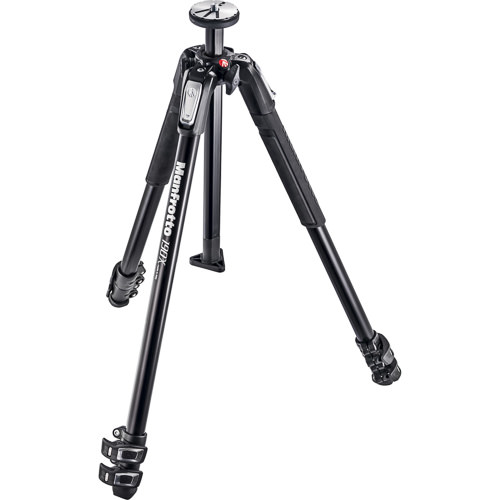
Often overlooked and undervalued, a tripod doesn’t seem nearly as important as it really is. After all, three aluminum sticks glued together are no more complex than three sticks glued together. Right? Unfortunately, that logic is why many photographers choose to buy the least expensive tripod they can find, then leave it at home all the time because it’s cheaply-made and hard to use. A tripod should be as popular as its buddies Camera and Lens, but somewhere along the way it got the short end of the stick.
You will realize over time whether or not you need a tripod for your photography (and if you do, you will want a more expensive model at some point in the future), but it is important for a beginner to have a solid model as well. With that in mind, my recommendation is to get the Manfrotto MT190X3 tripod. It is not a perfect tripod, but I can say (having used the older version of this tripod extensively) that it should be more than enough for most beginners. Plus, at $150, it is pretty inexpensive (as far as good tripods go). Here is a link to the MT190X3 at Adorama.
However, a tripod is not enough — you still need a ballhead so that you can adjust the position of the camera. I have tried a handful of ballheads in the $100 range, and I can say that the best (by far) that I have used is the Oben BE-126 ballhead. Even with my heaviest camera and longest telephoto lens, this ballhead has never slipped out of position, and it always locks tightly. This head isn’t quite as good as the most expensive ballheads from companies like Really Right Stuff or Arca Swiss, but it is fantastic for the price. Here is a link to the BE-126 at B&H, another highly-reputable camera store.
Total: $260
Software
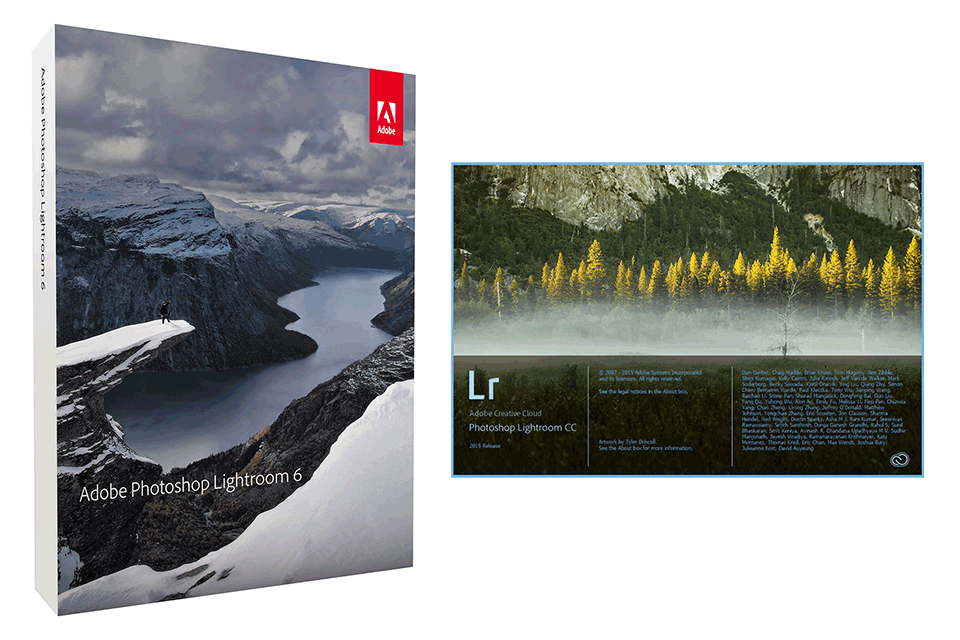
There is a lot of competition for software that processes images, with the two most popular options being Capture One Pro and Adobe Lightroom. These two programs are similar — they both allow you to organize and edit your photos — but Lightroom is far less expensive. Some argue that Capture One Pro is better (whereas some argue the opposite), but Lightroom will is ideal for those on a budget, since it costs half the price. For what it’s worth, I only ever use Lightroom, and I find it to be wonderful.
To purchase Adobe Lightroom 6 for $145, visit this link to Adorama. Note, though, that some products (including the lenses that I listed earlier on this page) can be bundled with Lightroom and save you an additional $40. If you want, you can also download trial versions, both for Capture One Pro and for Adobe Lightroom.
Also, don’t give into the temptation to buy Photoshop just because it is so popular — most photographers will not actually need its features, since it is more of a graphics-oriented specialist program than something like Lightroom. Plus, it is far more expensive (and the newest version is only offered through a frustrating subscription program).
Total: $140, but $100 when you bundle Lightroom with a lens.
Monitors
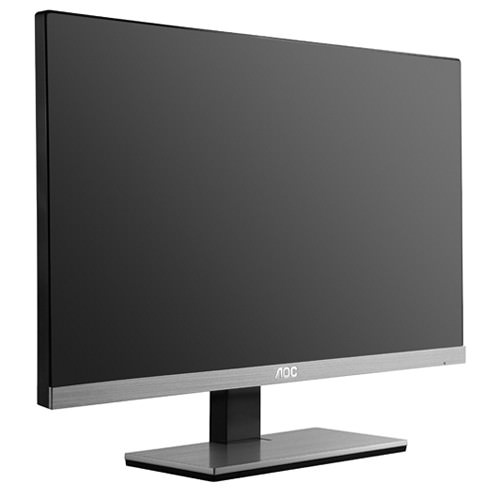
If you are a just starting photography, your current monitor probably is not good enough for serious editing work. Specifically, the colors on your screen will almost certainly be wrong — you will not be editing anything how you think you are.
Check out our monitor purchase guide for more information, although note that several new monitors have come onto the market since it was published. One of the best new models is the AOC 12367FH 23” screen. Don’t be fooled by the bizarre name — at $160, this is one of the least expensive IPS monitors on the market, and you absolutely need and IPS monitor if you want to do serious color work on your computer. Yes, better options exist (often for significantly more money), but this monitor is a great start for a beginner. Here is a link to the AOC monitor from B&H.
Unfortunately, getting a good monitor is only half the battle — step two is color calibration. My strong recommendation is to buy a piece of hardware to calibrate your monitor, such as the $60 Spyder4Express. It does not have all the same features as its $190 older brother, Spyder5Pro, but it gets the job done for a much lower price (assuming you only use one monitor). I edited my photos for almost a year without any calibration, and I never realized how wrong my colors really were. I had to re-edit everything! Save yourself some time and buy a real calibration unit. Here is a link to the Spyder4Express from B&H.
Total: $220
Lighting
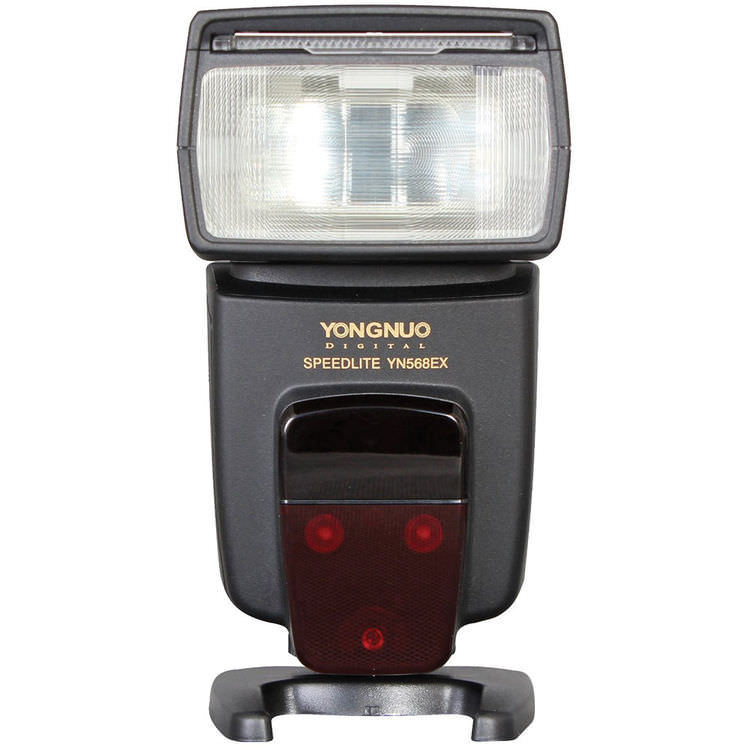
Disclaimer: I don’t use much external lighting for my photos, mainly because I do not take many images of people. That said, most photographers will need a flash at some time or another, whether for portraits or for creative still-life photography.
Nikon brand flashes cost hundreds of dollars, assuming that you want a flash that can function off-camera in an automatic (TTL) mode. However, third-party flashes with those features can be fairly cheap — check out the Yongnuo YN-568EX, an extremely well-specified flash for the price of $105. Depending upon the genre of photography you practice most, this may be the only flash you need. (Or you may need dozens more — ask any portrait photographer!) Here is a link to the Yongnuo flash at B&H.
You may also want some light modifiers (such as reflectors), but I don’t recommend getting anything more until you are sure that you want to do portrait photography. There is no end to the world of light modifiers, and a beginner should learn the basics before deciding which complex lighting setups to buy.
Total: $105
Filters
Filters are another essential element of a photographer’s toolbox. With digital cameras, only a few filters are even necessary in the first place (the old color-correction filters for film can be replicated using software like Adobe Lightroom) — but some filters cannot be replicated in post-processing. The single most useful filter for digital photography is a polarizer. Just like polarized sunglasses, these filters cut glare from shiny surfaces (other than metal), they darken skies, and they reduce haze. Plus, they make images look more vibrant and saturated.
If you are not a landscape photographer, you will want a polarizer because of these benefits — and if you are a landscape photographer, you will probably never remove the polarizer from your lens! Depending upon the lens or lenses that you use, you will need to get a polarizer of a specific size. Polarizing filters (and filters in general) are sized in millimeters — just like the front rings on a lens. For a lens with a 72mm ring (like the Sigma 18-35mm f/1.8 that I suggested above), you would need a 72mm filter.
If you are on a budget, buy a polarizer that is the same size as the filter ring of your largest lens. For example, you may choose to go with my suggestion to buy both the Nikon 35mm f/1.8 DX and the Sigma 17-55mm f/2.8 OS. If you do, these lenses have different filter ring sizes — the Nikon is 52mm, whereas the Sigma is 77mm. To use the same filter on both lenses, get a 77mm filter a plus a 52mm-to-77mm step-up ring. This is a lot less expensive than buying two filters!
Filters can be expensive, and with good reason — a bad filter will harm the image quality of every image you take. So, don’t skimp on a filter! One brand known for a good balance of price and quality is Hoya, which is my first recommendation for a beginning photographer.
Here is a link to the Hoya 77mm polarizer at B&H. You would use this size if you choose the Sigma 17-50mm f/2.8 OS lens, which has a 77mm filter ring. This filter costs just under $90.
Here is a link to the Hoya 72mm polarizer at B&H. You would use this size if you choose the Sigma 18-35mm f/1.8 lens, which has a 72mm filter ring. This filter costs $60.
Here is a link to B&H for the 52mm to 77mm step-up ring that you would use on the Nikon 35mm f/1.8 lens, if you also bought the 17-50mm f/2.8 lens (which has a 77mm filter thread). This ring costs less than $4.
If you decide that landscape photography is your favorite type, you will probably need two additional filters: a graduated neutral density filter to darken skies (get a rectangular graduated filter, not a circular one) and a regular neutral density filter to blur moving water. However, both of these are specialist filters, and I recommend waiting until you know what you want before buying either. For now, a high-quality polarizing filter should be more than enough.
Total: $60 if you bought the Sigma 18-35mm f/1.8, a bit over $90 if you bought the Nikon 35mm f/1.8 and Sigma 17-50mm f/2.8 OS.
Extras
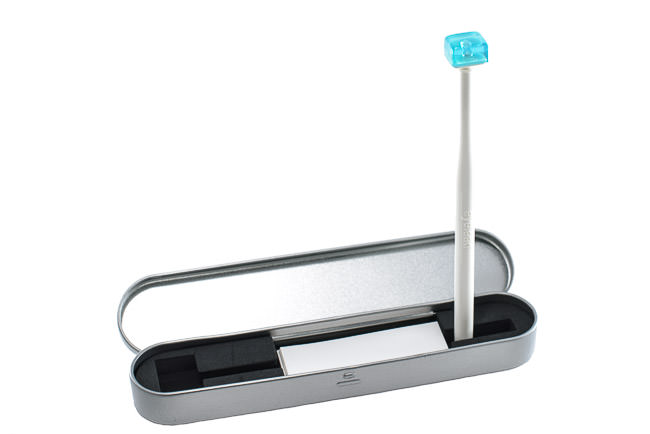
You will definitely need a bag for your camera, but I recommend against buying one new from a store. Generally, you’ll be able to repurpose an old backpack or messenger bag to carry a camera — if not, try finding one at a garage sale. Instead of paying $50 or more for a bag, you can get one for $5 or less if you buy secondhand and local. I would recommend a remote release for your camera. For the D7000, try the $15 ML-L3 (here is a link for the ML-L3 at B&H). I have owned two of these — they are easy to lose, so be careful — and both have worked quite well.
Make sure to get cleaning equipment for your lens. I recommend that you get two or three lens cloths (this $4 microfiber cloth from B&H is great), as well as a cleaning spray (here is a link to a two ounce spray at B&H for $3). In total, this will be about $10.
In addition to a lens cleaner, you need a way to get rid of dust that lands on your camera’s sensor. The best way to do so, and the safest, is to use the Sensor Gel Stick.
I also recommend an extra battery. That way, you can be shooting while one of your batteries is charging. I strongly recommend getting a Nikon-brand battery — cheaper batteries from third parties can be tempting, but this is one part that you really don’t want to malfunction. Here is a link to the Nikon EN-EL15 battery at B&H, which is the battery that works for the Nikon D7000.
Lastly, you will need memory cards. The D7000 can take two SD cards at a time, and its images take up a relatively large amount of space. I recommend getting two 32GB cards so that you don’t run out of space — the 32GB card from PNY Technologies is a wonderful value at $20. I can vouch for this card completely, since I use the 64GB version in my Nikon D800e camera! Here is a link to the 32GB PNY card from B&H — remember to get two.
Total: $190 or less
Summary
If you’re keeping track, that’s a lot of equipment you’ll need — far more than just a single camera and a kit lens. However, no matter how many reviews and comparisons you read, you will be hard-pressed to find better items than these. I have personally used most of the items on this list, and I know other photographers who have used the rest. It can be daunting to start a DSLR system from scratch, but you will have truly everything that you need if you buy the items listed in this article.
When I bought my first DSLR, I soon realized that I had spent all my money on the camera and I had left nothing for a tripod, filters, or a good monitor. I had to wait months before I had a complete and working kit! To make this process easier, I compiled all the information above into an easy list.
Here is a final compilation of the items above — a complete and high-quality photographic kit for under $2000 US dollars:
- A camera — Nikon D7000 — $400
- A lens or lenses — Sigma 18-35mm f/1.8, or both the Nikon 35mm f/1.8 DX and the Sigma 17-50mm f/2.8 OS — $800 or $720 respectively
- A tripod and ballhead — Manfrotto MT190X3 tripod and Oben BE-126 ballhead — $260
- Editing Software — Adobe Lightroom 6 — $100 if you bundle it with one of your lenses, $140 on its own
- A calibrated monitor — AOC 12367FH 23” monitor and Spyder4Express callibration unit — $220
- A flash — Yongnuo YN-568EX — $105
- A polarizing filter — The Hoya 72mm polarizer (for the Sigma 18-35) or the 77mm polarizer with a 52mm to 77mm step-up ring (for the Sigma 17-50mm and the Nikon 35mm) — $60 or $90 respectively
- Smaller extra items — A remote release, a microfiber cloth, a cleaning spray for your lens, a Sensor Gel Stick to clean your camera sensor, an extra battery, and two 32GB memory cards — $190
Grand Total: $2135 for the one-lens setup, $2085 for the two-lens combo.
Ok, so that’s a bit over $2000. Buy one of these items used, or ask for a polarizer for your birthday, and you’ve hit the $2000 mark. Congratulations!
If you get the items above, you truly could go for years without needing any more photography equipment. And, when you do decide to buy more specialized gear, all of these items are high-quality enough that you can keep them around for a long time.
Also, although Photography Life receives a small portion of the sales whenever you buy something from the links in the list above, we are not affiliated in any way with the products in this article (aside from the sensor gel stick, of course, since we are selling it on Photography Life)! I am recommending this equipment because it is some of the best for the money, not because a manufacturer is paying me to recommend their product. Also, you will never pay more for an item by clicking on these links — buying them here is just a way to thank us for all this research and testing.
I hope this article has helped you see what you need to put together a camera system for a moderate budget. I am happy to answer any questions in the comments section below, and feel free to recommend your own favorite gear to our readers!
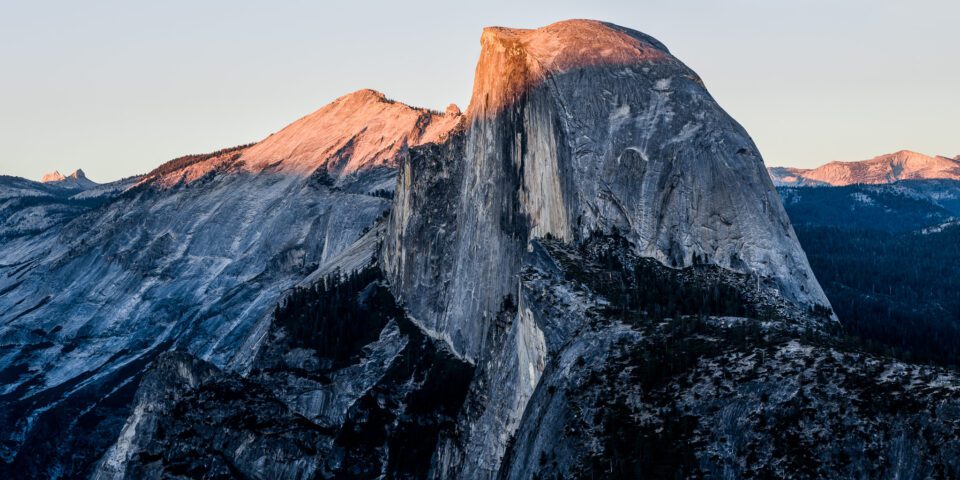
more on Gear Tech
Buying Beginner Equipment
Buying photography equipment for the first time is a daunting task. Useful guides exist to help beginners choose a good camera, but few newcomers realize that the camera itself is only the first...
Read MoreDLSR or MILC?
DSLR stands for “Digital Single Lens Reflex”. In simple language, a DSLR is a digital camera that uses a mirror mechanism to either reflect light from a camera lens to...
Read More